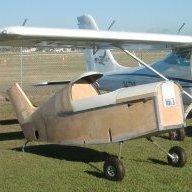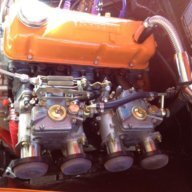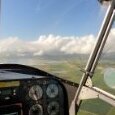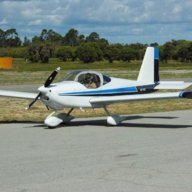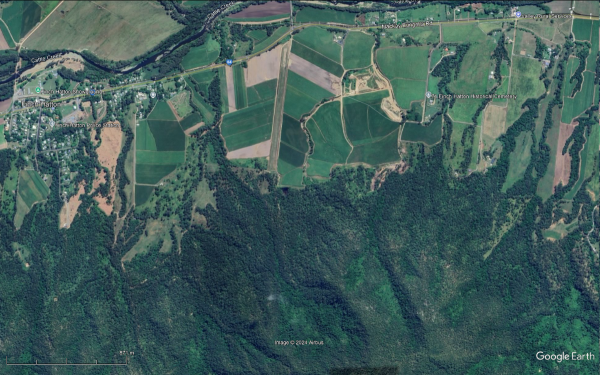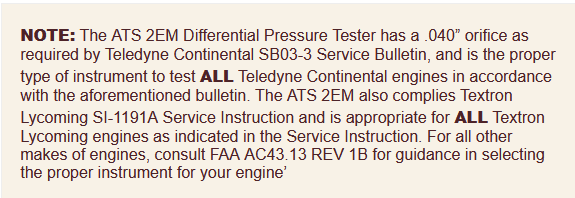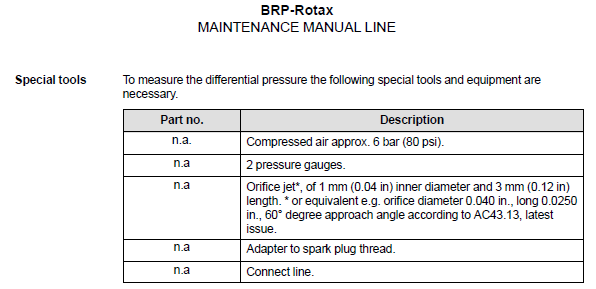-
Posts
130 -
Joined
-
Last visited
About pluessy
- Birthday April 3
Information
-
Aircraft
Tecnam P92 Eaglet
-
Location
Peeramon
-
Country
Australia
Recent Profile Visitors
4,876 profile views
pluessy's Achievements

Well-known member (3/3)
-
you are wrong, it is NOT the MAP that controles the diaphragm (piston actually). The piston is moving up against gravity and the spring pressure through the differential pressure across the venturi caused by the piston, totally independent of the MAP. It is influenced by the air flow which is controlled by the butterfly.
-
the fuel flow is controlled by that little lever near your hand. The prop is only trying to resist your command. The Bing is no different to any other carburetor other than having a variable venturi instead of a fixed one. The throttle plate (butterfly) controls the air volume and the piston moves to vary to venturi to add the correct amount of fuel. A fixed carburetor has a number of passages and jets (air bleed, emulsion tube, enrichment etc) to do what the piston does in the Bing.
-
pluessy started following Not so good solo , Engine Governing/Fuel Consumption , New Trike flyers in Vic moving to QLD and 5 others
-
Density altitude is in METERS, not feet. 7,500' is about 2,300m and the power at WOT and 5,500rpm is around 56kW (or 75hp which is your 75% of sea level max power). Same difference, different units.
-
There are some hangars in Atherton that might have space, I have my plane in one of the big hangars. Don't know about Herberton, there are quite a few hangars but I have no contacts. Some of the members of the Atherton Aero Club might be able to help (put up an ad here: https://www.athertonaeroclub.org/classifieds).
-
There are a few trikes parked in a hangar in Atherton, there was also a trike school but can't find any info now. Your nearest airstrip is Herberton (YHTN), 1/2 way between Herberton and Wondecla, Tablelands Regional Council owned (https://www.trc.qld.gov.au/services-and-facilities/aerodromes/herberton-aerodrome/).
-
A landing strip where you land, turn the aircraft around and take off in the direction you came from. Many one way strips have rising ground or other obstacles at one end that can make it impossible to complete a go-around. Look at the topographie of the "Finch Hatton strip", mountain on the S side that you will not outclimb.
-
Check your metering needle and seat for wear, they need replacing after a while. Worn needle & seat are causing richer mixture in the part-load range. On aircraft, you will find a worn spot where the piston/needle sit at cruise power. The needle should be a smooth "taper" all the way and the seat a round hole (worn seats are oval).
-
I think you got the wrong company, no regulators in their offering?
-
I have a PDF copy if you are interested?
-
My plane got hit by a hailstorn in Narrabri, parked outside. The damage was on top and down one side (strong wind), so make sure you have the sides covered as well or enough distance to the edge.
-
With P92, trim for about 55kts on final and use the throttle to control the descent. The when you come close to the threshold, very gently pull back to reduce the sink rate and just let her settle down. I usually pull a little bit more back just before the wheels get on the ground and pull the power at the same time. The keep pulling back to keep the nose wheel just off the ground till that settles as well. Trimming for the correct speed takes one variable out. 304 landings and only one bent gear leg🙂 (2 up, spot landing comp👎)
-
If you make your own tester eg the cheapy or a modifed version, then the OEM specs are meaningless! As already pointed out, the leak-down test is overrated. Do a dynamic compression test and track that. Quicker, simpler and more accurate representation of the internal condition.
-
IF you want to make one that meets the FAA spec (AC43.13 1B), then you need to make the orifice to spec and insert it. Filling the hole with epoxy and drilling 1mm will give you something close, but not as per spec (the OP requested 1mm orifice, so I take that as "FAA spec"). Because the FAA did give that spec, it is the standard in the aviation engine industry. The 2 major engine manufacturers (and Rotax) refer to that:
-
This is the compression tester, not leak-down
-
same as the one I have. Remove the regulator, drill out the hole, make a suitable orifice (0.040" dia x 1/4" long) and insert to meet the FAA spec. The existing 1.5mm hole will give you good results, though🙂


